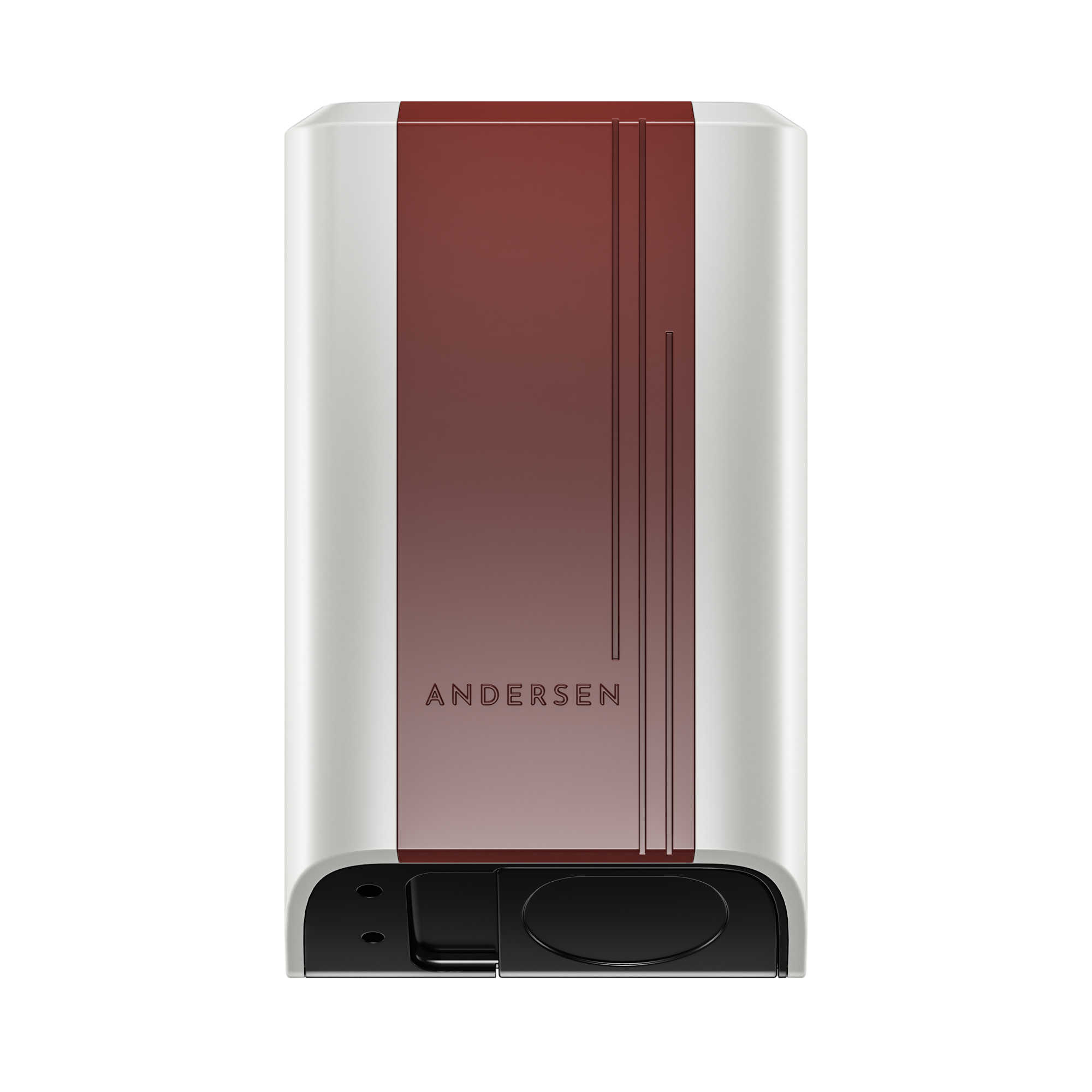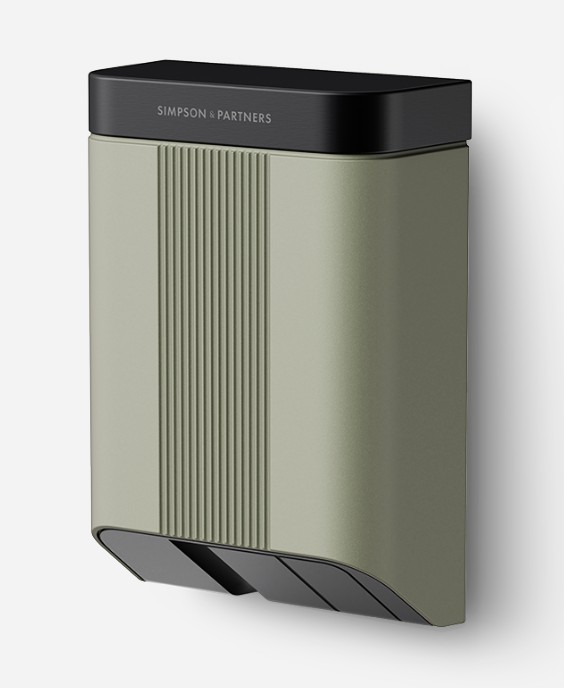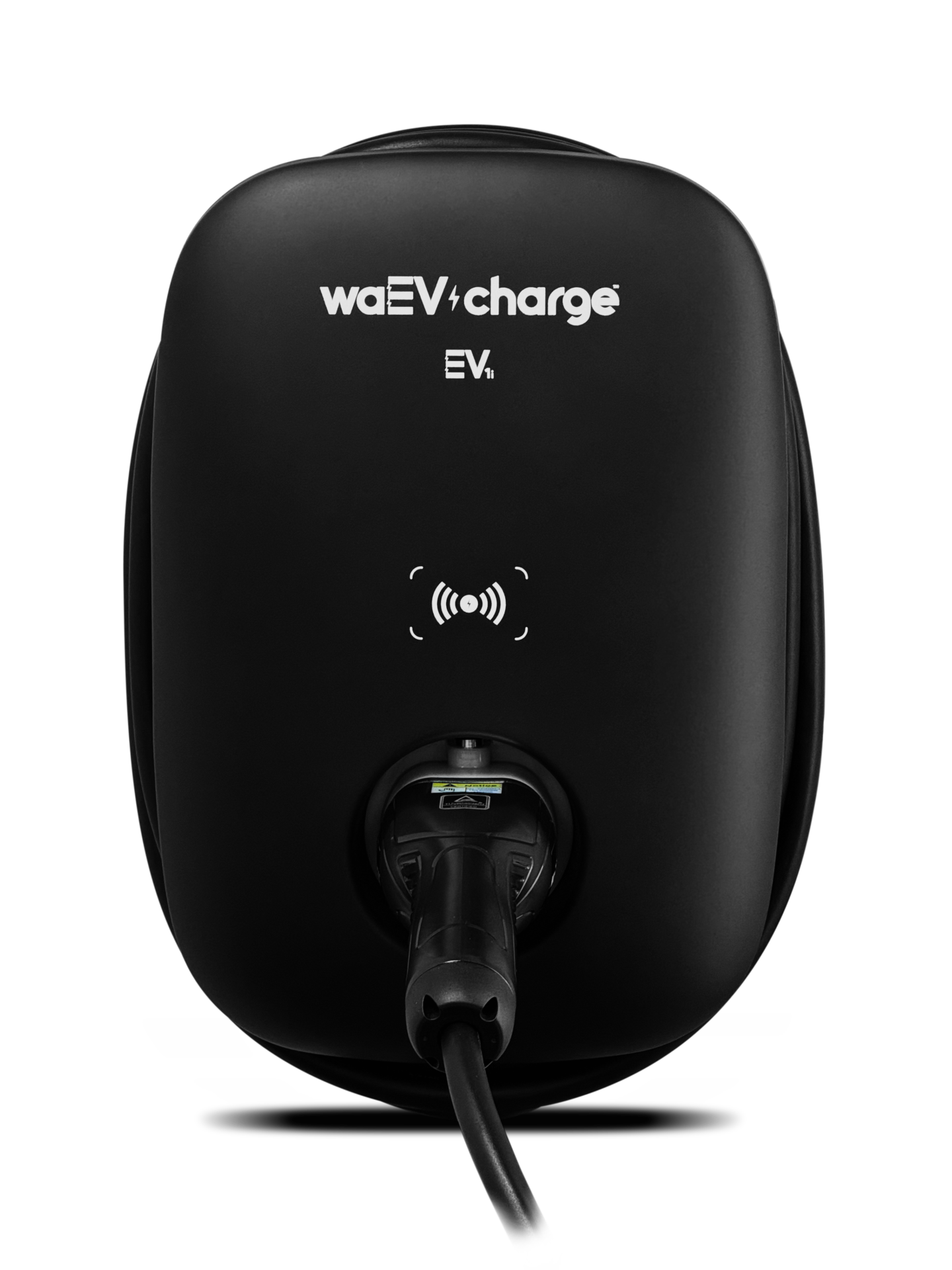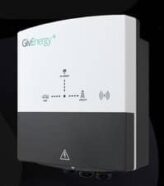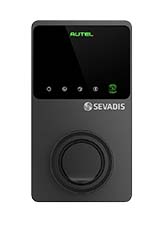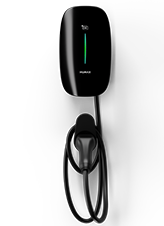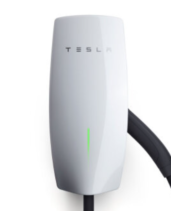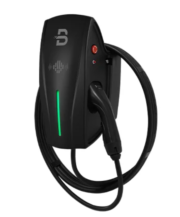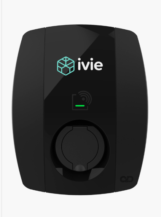What is Dynamic Tariff Integration?
You’ll read and hear us refer a lot on What WallCharger about Dynamic Tariff Integration, but what is it and what does it mean? And, more importantly, should you have it on your next charger?
Put simply, Dynamic Tariff Integration is the ability for you to charge dynamically without the car’s API enabling your charger to automatically choose the best times and the best speeds at which to charge your EV rather than at pre-set times or as a simple on/off switch.
We’ll explain more why that integration matters later, but before that, it’s important to understand some of the different types of EV energy tariffs on the market and how they work.
To make things easier, we’re going to use the tariffs from Octopus to illustrate the numerous variables on the market and how your charger might work with them. Other tariffs from other energy providers are, of course, available, but at present Octopus is the most popular.
Let’s Go!
So, let’s start with Octopus Go which we call a Time of Day pre-set tariff. The Octopus Go tariff gives you four hours of reduced rate electricity every night fixed from 12.30 until 04.30 every night and no more. Any times before and after that are a higher rate, even if there is a surplus of energy available on the grid (such as during windy or sunny periods).
Next are variable tariffs such as Octopus Agile. Octopus Agile splits the day into 48 half-hour segments giving a price for each one. The prices for these segments are released the previous day and they can sometimes mean that prices can be negative – that means you can sometimes be paid for using electricity or charging your car (yes, really). The downside however is that sometimes prices can be higher than the standard flat rate when you can’t avoid using electricity.
But while Agile looks, well, agile, the reality is that it’s pre-set the previous day into those 48 segment costs, so arguably it’s not quite as flexible as it first appears. It’s simply the same as that Octopus Go tariff in terms of its fixed rates, but it just has a lot more of them.
Lastly, there are what we call dynamic tariffs such as Intelligent Octopus Go. Again, at first glance, Intelligent Octopus Go offers a reduced tariff for your home electricity for six hours, 11.30pm-05.30am similar to Octopus Go. However, where Intelligent goes one step further is that while those six hours are guaranteed, it may also give you extra hours at those lower rates at other times of the day if there is a surplus of energy on the grid.
Put simply, that means if your EV is plugged into your charger and has a pre-set charge level (of say 80%) for a future time, then Octopus may charge your car outside of those pre-set hours to reduce the load on the grid later on and flatten the natural 6-9pm evening peak. Whether or not those extra hours happen though, those six hours of reduced rate electricity are constant.
Cost benefits
So that’s the tariffs explained, but it’s how your charger works with them is the crucial bit. And, as might seem obvious by now, if a charger works with those dynamic tariffs like Intelligent Octopus Go, then it has dynamic tariff integration.
Why is that important? Firstly, it means that you’ll have full access to the cheapest electricity tariffs on the market – and at the time of writing that means Intelligent Octopus Go at 7.5p/kWh and the likes of OVO Anytime at 7p/kWh.
As the EV market continues to grow, increasing numbers of energy providers will start to offer more flexible dynamic tariffs like Intelligent Octopus and OVO Anytime increasing the desirability of a charger that is future-proofed to integrate with them.
Also, chargers aren’t cheap, so the last thing you want to feel is that you’ve bought one that restricts your choices in the future.
What you need to check before you buy
To check that a charger has that level of dynamic tariff integration, you need to be asking whether the charger itself can charge dynamically in real time using the charger’s app and not just through the car’s API or via pre-set specific times. In practice, that means asking if you can effectively set a maximum electricity price for your charging and then let your charger do the rest automatically.
Some might suggest that you can rely on the car’s API to select the cheapest rates for you rather than the charger, but this has its downsides. First, you’d need to check with your energy provider as not all APIs work with dynamic tariffs, but also this level of integration is changing all the time, so doing it via an API may not be a permanent fix.
Alternatively, if this connection is available through a charger with that dynamic tariff integration, then it will be less affected by any car API changes in the future (in some instances car makers have simply removed their APIs, and that has restricted charger owners ability to get the cheapest tariffs). In layman’s terms, you’re effectively moving the decision-making process about when to charge onto the charger and its software which is a more reliable process than the car’s API.
Wall charger companies might claim their units have dynamic tariff integration but they may be referring to the API on your car or the tariffs offered by the energy companies. It’s about the unit itself having that capability.
What companies have units with full dynamic tariff integration then?
Charging firm Ohme was the first to integrate with Intelligent (and also works with OVO Anytime), but others are slowly joining them. Wallbox has just become compatible with Intelligent, while others are undergoing beta trials but have yet to be offered – the software required for dynamic tariff integration clearly isn’t the work of a moment. As more companies develop this capability we’ll update this section so you know exactly who’s got this technology within their units.
The future is looking bright
More immediate than those future choices though are the flexibility trials that some charging manufacturers such as Ohme and Myenergi and energy companies such as Octopus are involved in. While these ongoing trials are mainly a benefit for those on the standard rate electricity tariff rather than one of the off-peak EV tariffs mentioned above, the frequency of these trials are sure to become more common – especially in the winter months. These trials can see EV drivers rewarded for reducing their electricity usage at certain times and not charging their cars at peak periods, helping to balance the grid.
Again, you’re likely to be of more value to both energy companies and those charger manufacturers if you have a higher level of dynamic integration with your charger. With the charging manufacturer specifically, the more they’re able to adapt the times and speed of your car charging, then the easier that integration will be and the more you may be able to be rewarded in future for simply shifting your charging times.
Whether you want, or need, dynamic tariff integration from your charger, is obviously up to you. However, for us here at WhatWallCharger, we’d say that it’s definitely something that should be high up your shopping list for your next charger, even if you don’t think you want or need it right now.

